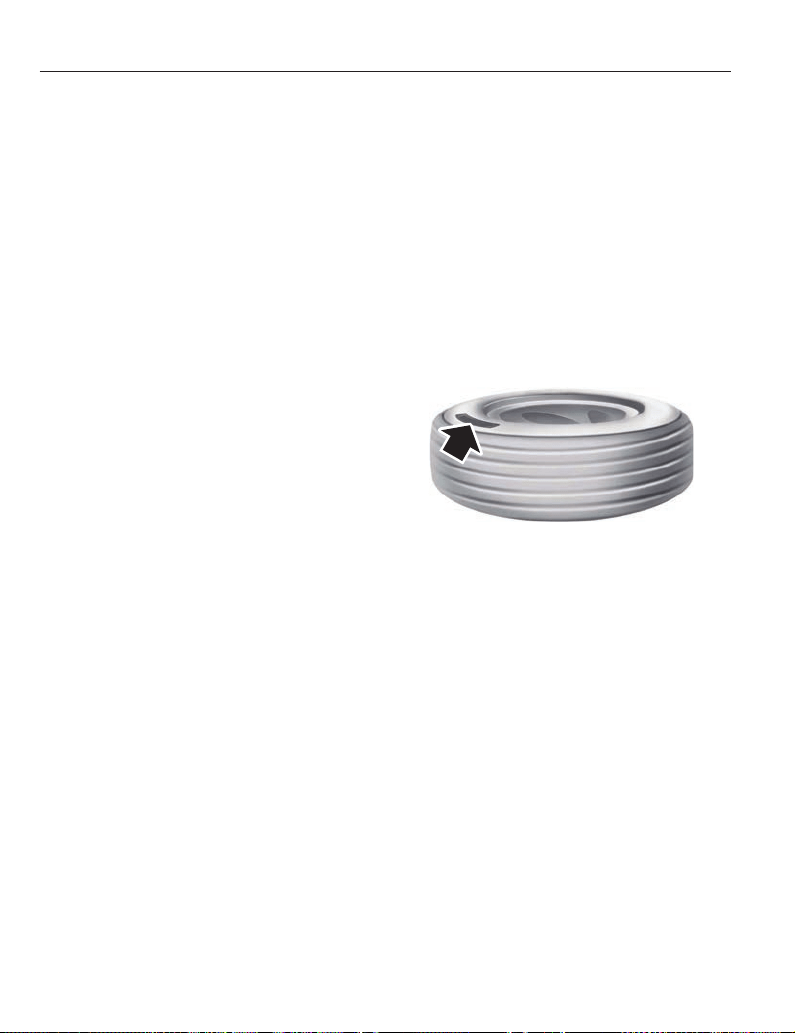Loading ...
Loading ...
Loading ...

When Inflating your Tires
When putting air into your tires (such
as at a gas station or in your garage),
the tire pressure monitoring system
may not respond immediately to the
air added to your tires.
It may take up to two minutes of
driving over 20 mph (32 km/h) for the
light to turn off after you have filled
your tires to the recommended
inflation pressure
How Temperature Affects your
Tire Pressure
The tire pressure monitoring system
monitors tire pressure in each
pneumatic tire. While driving in a
normal manner, a typical passenger
tire inflation pressure may increase
approximately 2 to 4 psi (14 to 28
kPa) from a cold start situation. If the
vehicle is stationary overnight with the
outside temperature significantly
lower than the daytime temperature,
the tire pressure may decrease
approximately 3 psi (21 kPa) for a drop
of 30°F (17°C) in ambient
temperature. This lower pressure
value may be detected by the TPMS
as being significantly lower than the
recommended inflation pressure and
activate the TPMS warning light for
low tire pressure. If the low tire
pressure warning light is on, visually
check each tire to verify that no tire is
flat. (If one or more tires are flat, repair
as necessary.) Check air pressure in
the road tires. If any tire is
under-inflated, carefully drive the
vehicle to the nearest location where
air can be added to the tires. Inflate
all the tires to the recommended
inflation pressure.
TIRE CARE
Information About Uniform
Tire Quality Grading
E142542
Tire Quality Grades apply to new
pneumatic passenger car tires.
The Quality grades can be found
where applicable on the tire
sidewall between tread shoulder
and maximum section width. For
example: Treadwear 200
Traction AA Temperature A.
These Tire Quality Grades are
determined by standards that the
United States Department of
Transportation has set.
312
Wheels and Tires
Loading ...
Loading ...
Loading ...